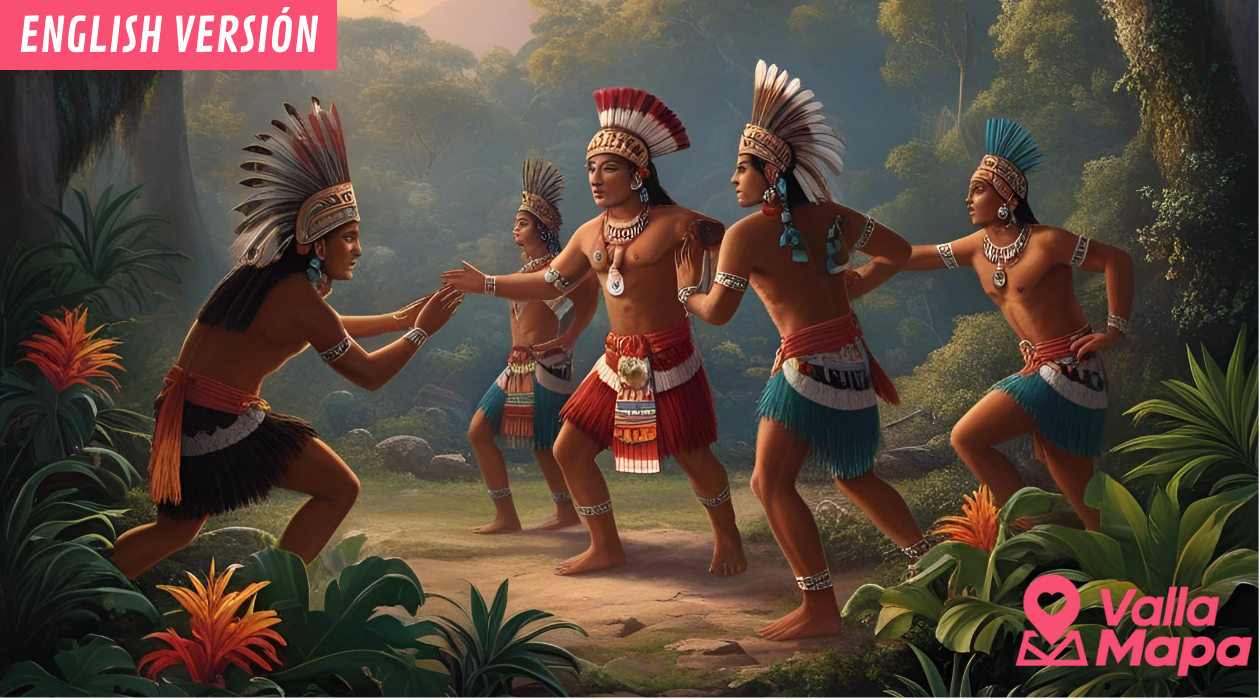Chechén and Chaka: The Living Legend Among Yucatán’s Trees
 Chechén and Chaka: The Living Legend Among Yucatán’s Trees
Chechén and Chaka: The Living Legend Among Yucatán’s Trees
In the oldest corners of the Mayan jungle, where the humidity paints mist between roots and stones, two trees grow side by side, as if fate had bound them together forever: the chechén and the chaka. But this is more than a botanical coincidence. It’s a story of contrast, punishment, and redemption that has been passed down for generations in Yucatán.
Chechén: The Tree That Burns
The chechén (Metopium brownei) is a dark-trunked and elegant tree that, at first glance, shows no sign of danger. However, its sap is poisonous and causes severe skin irritation: burning, blisters, and a reaction much like a burn. That’s why many know it as the “tree that cries poison.”
The ancient Maya learned to fear it—but also to respect it. They knew that in nature, beauty can be deadly. Thus, the chechén became a symbol of resentment and punishment.
Chaka: The Tree That Heals
Right next to the chechén, as if watching over or soothing it, the chaka (Bursera simaruba) often grows. This tree is also known as the “naked Indian” because of its reddish bark that resembles human skin. The chaka is not only harmless—its sap has healing properties. The Maya used it as a natural remedy for burns… including those caused by the chechén.
This relationship of antagonism and balance gave rise to an ancient legend.
The Mayan Legend: Two Brothers in Conflict
According to oral tradition, two Mayan warrior brothers were turned into trees by the gods as punishment: one, cruel and ruthless, was transformed into the chechén; the other, compassionate and noble, became the chaka. Since then, fate condemned them to grow side by side, in an eternal balance between harm and healing.
This myth not only teaches us about the duality of nature, but also about the need for balance between good and evil, between what wounds and what cures.
Nature with a Message
Today, seeing a chechén next to a chaka along the trails of Valladolid or near the hidden cenotes of the region is more than a natural spectacle—it’s a reminder that even the deepest wounds have a remedy nearby. Mayan wisdom lives on in every corner of our jungle.
Where to See Them in Valladolid
In and around Valladolid, you can find these trees in:
• San Felipe Ecological Park
• Xkekén Cenote
• Ek Balam Trails
• Ría Lagartos Reserve (further north)
Reminder: If you see a tree with a dark trunk and subtle bark—don’t touch it! It might be a chechén. But if there’s a chaka nearby… now you know what to do.
Comments
Post a Comment